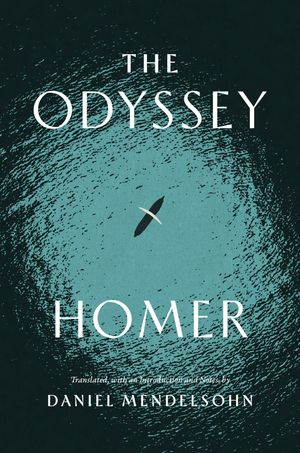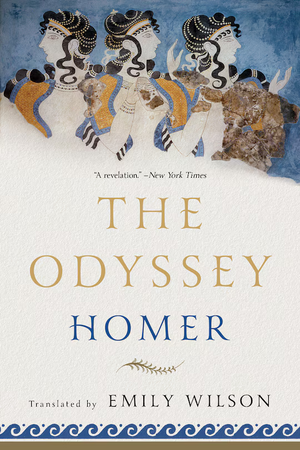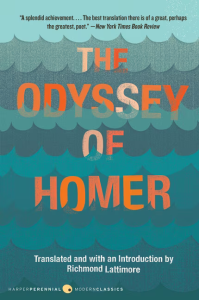New English translations of Homer’s Iliad and Odyssey appear with notable regularity. For the general reader, it’s natural to ask: are they really all that different? And more important, do those differences matter?
The answer is yes! Perhaps with a dash of no tossed in.
No, in that very translation of The Odyssey tells the same basic story: Odysseus’s journey home after the Trojan War, his return to Ithaca, and his reclaiming of his household. But each version delivers a distinct experience of that narrative. Readers often describe this difference in terms of tone or pace—one translation feels brisk and modern, another stately or archaic. That “feel” is the result of a series of deliberate technical decisions made by the translator—nine of which I discuss here.
Recognizing these differences can help readers choose a translation that aligns with their preferences. More important, it can deepen one’s appreciation of what a translation is: not merely a vehicle for content, but an interpretation of style, tone, rhythm, and meaning. Many of a translator’s most important choices are subtle—yet they shape how we encounter Homer’s poetry in English. Let’s take a closer look at the decisions involved in the translator’s task.




- Sentence Structure
- Repetition
- Formulaic Phrases like “Thus he spoke”
- Additions, Subtractions, and Rephrasings

- Punctuation
- Contractions
- Diction and Register
- Metre and Rhythm

- Overall Word Count


